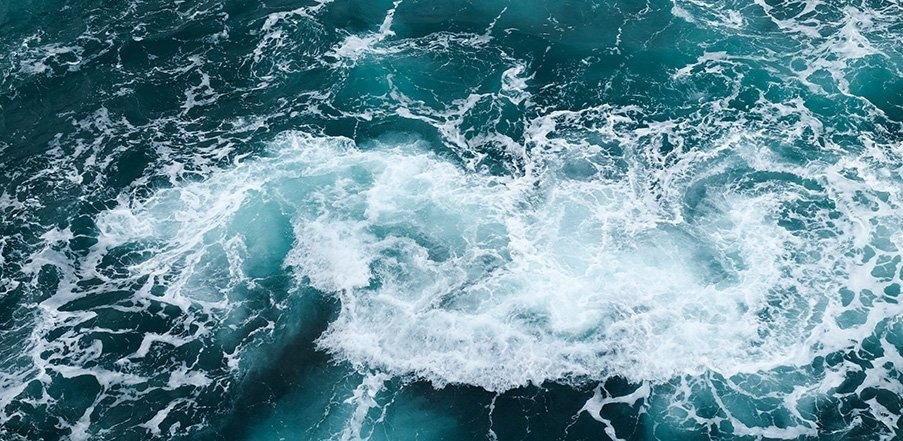Water from the Pacific Ocean moves into the Indian Ocean via the Indonesia Archipelago Seas, thanks to the Indonesian Throughflow (ITF), a large network of currents. The ITF transports warm and nutrient-rich waters by functioning as a heat and moisture conveyer belt.

Image Credit: Tohoku University
The ITF, however, is neither a stable nor a straight path but instead undergoes variations and turbulence as it travels through various sea regions, straits, and passages.
Currents can sometimes generate circular motions, resulting in whirlpool-like phenomena. These are called eddies, and they are common in areas with large temperature, salinity, or velocity gradients. Because of their rotating motion, nutrients from colder, deeper waters can come to the surface.
An international research team has used a high-resolution ocean general circulation model that reproduces eddies to study the function eddies play in influencing the path of the ITF. Investigators from Tohoku University, JAMSTEC, Kyushu University, the University of Hawai'i at Mānoa, and the National Research and Innovation Agency of Indonesia were among those in the group.
On May 14th, 2023, the details of their investigation were published in the Journal of Geophysical Research–Oceans.
The model developed by the group allowed them to estimate the movement of simulated particles in a daily-averaged flow field with eddies and a monthly-averaged flow field with smoothed eddy currents, and estimate the flow rate conveyed by the simulated particles.
The researchers discovered that huge flow changes occur in the Sulawesi Sea, which is located along the northeastern coast of Borneo and also borders the southern Filipino island of Mindanao, the Sulu archipelago, and the western coast of Sulawesi Island. Seawater rises from the middle to near the surface, causing considerable changes in the water as it flows through due to turbulent mixing.
The Banda Sea, which encompasses the Maluku Islands and borders the islands of New Guinea and Timor, is located on the eastern side of Sulawesi Island. The current fluctuation is modest here, and the model anticipated that the eddies would have no effect on the Indonesian Current.
Our results indicate that the path and residence time of the ITF, along with the mixing process of seawater, must be appropriately reproduced by an ocean general circulation model to gain further insights into and better predict sea surface temperature fluctuations in each region of the Indonesian Archipelago.
Toshio Suga, Study Co-Author and Professor, Physical Oceanography, Graduate School of Science, Tohoku University
The progression of global warming is believed to alter the ITF. Water temperatures in the Indonesia Archipelago and the Indian Ocean, El Niño and the Indian Ocean Dipole, and the frequency and scale of marine heatwaves that influence marine ecosystems and local weather could all be affected by such changes. As a result, it is critical to precisely predict such phenomena.
In the future, the team wants to increase the accuracy of future predictions by elucidating the extent to which eddies influence the course and residence time of the ITF, which is quantitatively connected to the determination of water temperature in these places.
Journal Reference:
Iskandar, M. R., et al. (2023). Effects of high‐frequency flow variability on the pathways of the Indonesian Throughflow. Journal of Geophysical Research - Oceans. doi.org/10.1029/2022jc019610.